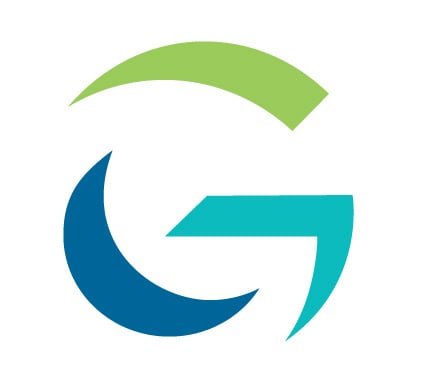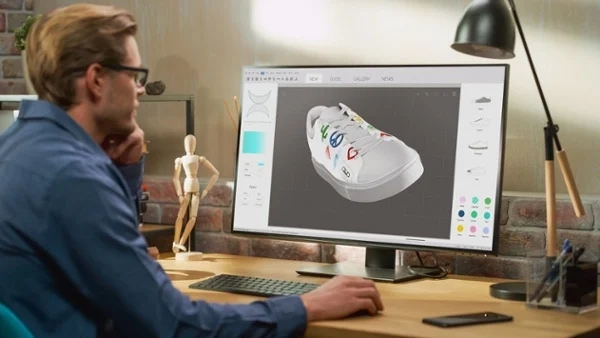What is DAM? And other questions about digital asset management, answered
What is DAM? Digital asset management or DAM is term for organizing digital assets in a central location where they can be analyzed, stored, found,...
4 min read
 Mark LaFrenz
:
Nov 30, 2022
Mark LaFrenz
:
Nov 30, 2022

A Product Asset Management solution is the next generation of Digital Asset Management (DAM). Product Asset Management connects content, data, and assets throughout the product lifecycle, from ideation to creation to sales to support. Although a product is typically considered a physical asset like apparel, food, or consumer packaged goods (CPG), it could be software, financial services, or consulting services. Nearly every organization sells some type of product.
When you think of a traditional Digital Asset Management solution, it often sits at the end of the product content supply chain, storing finished assets. At best, it provides a place to collaborate on marketing materials, a distribution point for eCommerce content, or a portal for supporting a sales team.
Product Asset Management solutions extend the value of Digital Asset Management far beyond this last mile. This solution considers the data, content, and assets associated with the product from the beginning supporting everything from materials development to product design, sell-in, photo-shoots, and creative campaigns.
To do this, integration with systems like Product Lifecycle Management (PLM), product information management (PIM), and Product Data Management (PDM) is critical. Having visibility to the necessary data, content, and assets at the appropriate step in the process to the right audience removes a traditionally major bottleneck to the product development process.
The fashion industry is one example of shortening a product's time to market. Although it's a specific use case, the processes to improve the speed to market are similar in any industry. Over the last decade, the top 20% of fashion retailers have delivered all the industry's economic profit. These top performers make speed to market their #1 priority and continue getting faster. They can provide the product to market 6 to 8 weeks more quickly, shortening other brands' typical 40-week lead time.
A major reason for the inefficiencies is the disconnect from the beginning to the end of the product lifecycle. PAM helps eliminate these inefficiencies by providing a single view of the most critical content, data, and assets at the appropriate time in the product lifecycle. PAM promotes collaboration, reuse, brand consistency, and a more efficient digital content supply chain. This includes:
Product creation and ideation require having the right materials, such as parts, ingredients, formulations, or fabrics. One of the most significant challenges in the product creation lifecycle is the siloed and inaccessible information stored in multiple applications and without visibility to downstream needs. Some ways to alleviate these frustrations can include:
Samples and prototypes have long been required to bring products to market. There are myriad challenges that cause lengthened production times or lack of visibility into the availability of the parts, ingredients, or materials. A digital approach means eliminating some or all prototypes, potentially saving millions per year.
The traditional photo studio processes are crucial to offering product images for commerce and catalogs. Still, most processes were developed in the early days of digital photography and archiving, leaving a lot to be desired in today's digital environment:
More digital assets and creative content of different types and formats are required for omnichannel marketing. Several scenarios need to be addressed, including:
The package development process is often complicated by the need to design for global regulatory requirements, manufacturing, and product information. Package design can be simplified by:
To make a product successful, marketing and sales need to know what they are selling and how. A centralized enablement site makes it easy to deliver the information and content they need. Critical to its success is:
Customers expect more information about their products now than ever. So, the teams that respond to these inquiries must deliver.
Every product-driven company has a different go to market process. Genus helps our customers architect solutions using the low-code, configurable Hyland Nuxeo platform. We understand your challenges and can help you build the content platform that handles everything you create so you can deliver products to market faster. If your company is ready to boost collaboration, reduce work, and save money, it's time for us to chat.

What is DAM? Digital asset management or DAM is term for organizing digital assets in a central location where they can be analyzed, stored, found,...

In our previous post, 3D Asset Values: The Benefits of Implementing a DAM System, we explored key features of Digital Asset Management (DAM) systems...

In this modern “do more with less” world we live in, rarely is your marketing and advertising department able to afford a video expert. Most likely,...